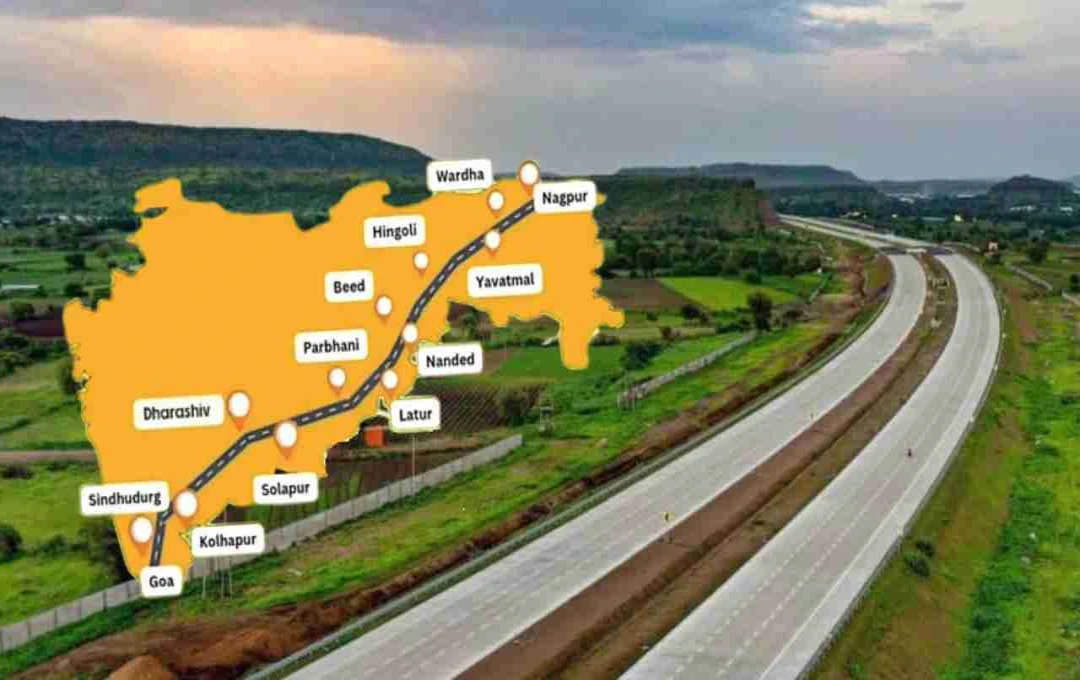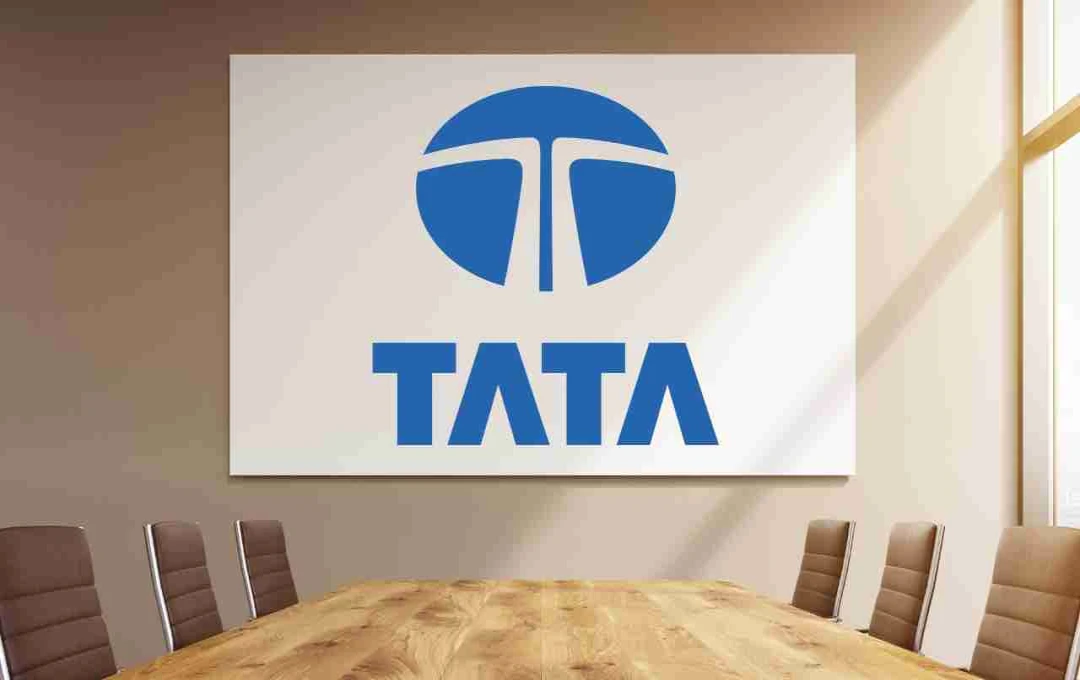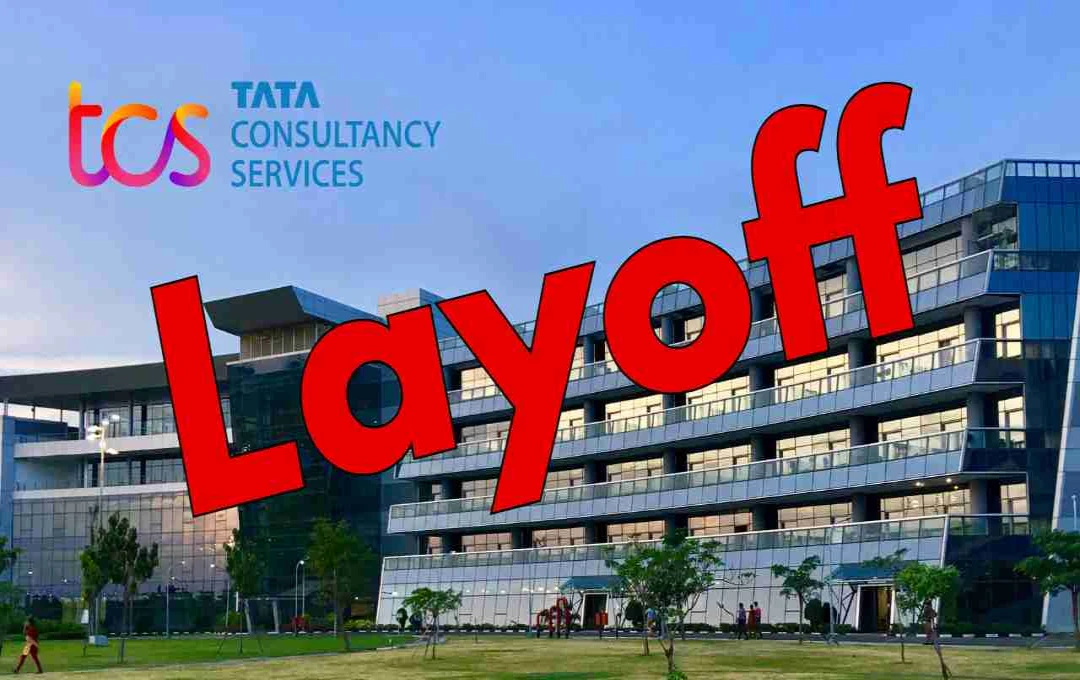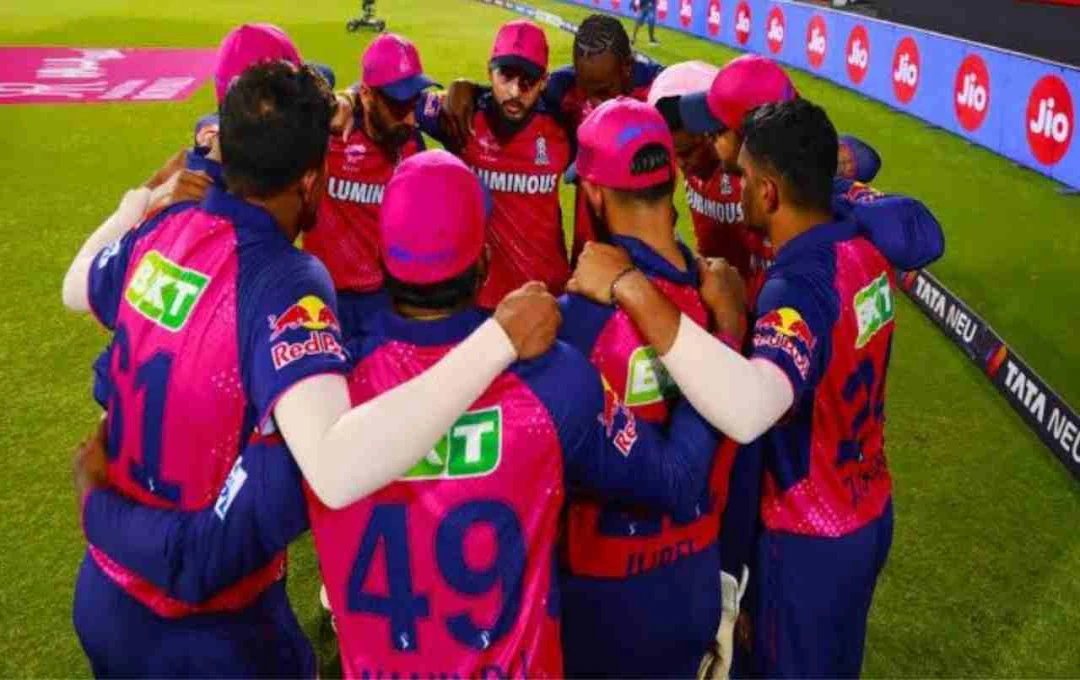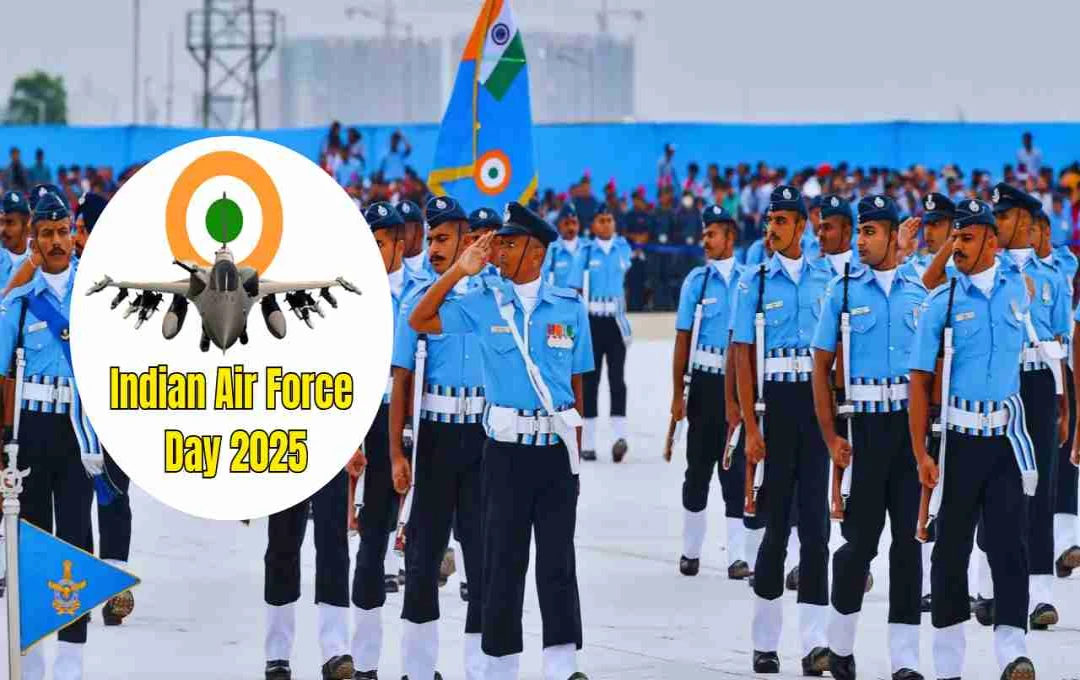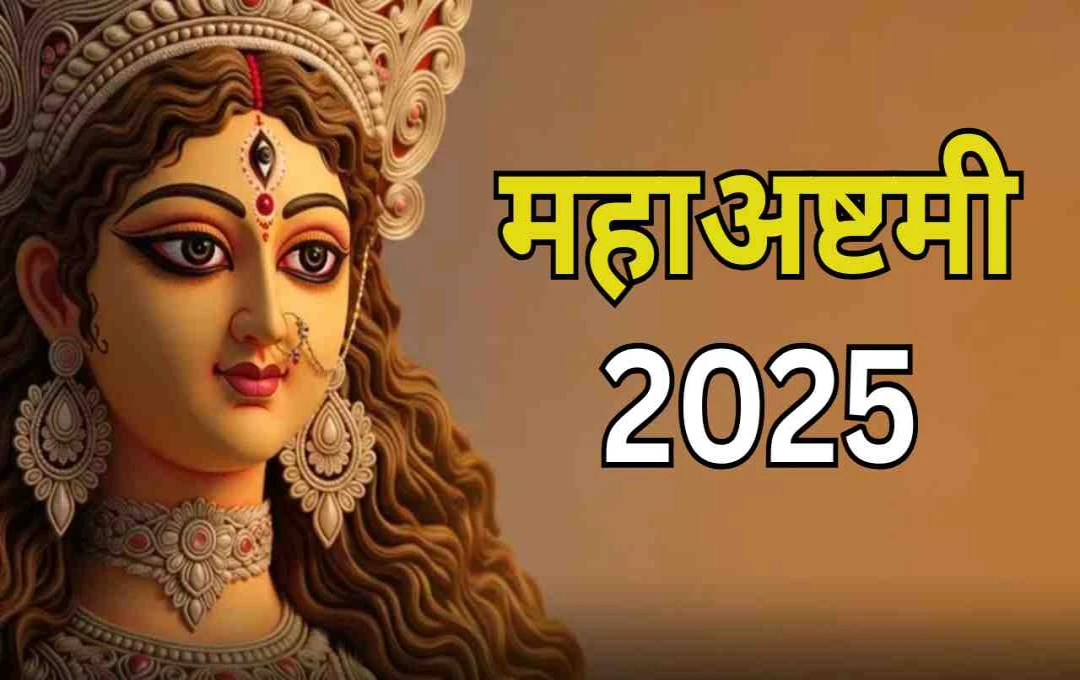New Expressway to Connect Maharashtra’s Sacred Sites
A new expressway in Maharashtra is set to connect three prominent religious centers: the Mahalaxmi Temple (Kolhapur), the Tulja Bhavani Temple (Dharashiv), and the Renuka Mata Temple (Nanded). This corridor promises to significantly improve travel for pilgrims and boost religious tourism in the region.
Maharashtra has welcomed a major development – the approval of the Shakti Peeth Expressway project, connecting Nagpur to Goa. This expressway will not only link these two major cities but will also function as a religious and cultural corridor, connecting 18 key pilgrimage sites across the state. The project is generating considerable excitement, as it is expected to reduce the travel time between Nagpur and Goa from 18 hours to just 8 hours.
What is the Shakti Peeth Expressway?
https://subkuz.com/uploads/news/2025/06/685bb8311fb051750841393.jpg
Officially named the Maharashtra Shakti Peeth Mahamarg, the expressway will span a total length of 802 kilometers, forming a high-speed corridor from Wardha district’s Pawanar village to Sindhudurg district’s Patradevi, near the Maharashtra-Goa border. The expressway will traverse 11 districts of Maharashtra and connect key religious centers including three Shakti Peeths, two Jyotirlingas (Lord Shiva shrines), as well as the temples of Pandharpur and Ambajogai.
Religious Sites to be Connected by the Expressway
- Mahalaxmi Temple, Kolhapur
- Tulja Bhavani Temple, Dharashiv
- Renuka Mata Shakti Peeth, Nanded
- Pandharpur Temple, Solapur
- Ambajogai Temple, Beed
- Oundha Nagnath Jyotirling, Hingoli
- Parli Vaijnath Jyotirling, Beed
Connecting these pilgrimage sites will transform this route from a simple road project into a unifying force for Maharashtra, symbolizing its spiritual heritage.
Cost and Implementation
The state government has approved ₹20,787 crore for land acquisition for this ambitious project. The total construction cost is estimated to reach approximately ₹80,000 crore. Implementation will be carried out by the Maharashtra State Road Development Corporation (MSRDC), while the Public Works Department (PWD) will be responsible for land acquisition and planning.
Land Acquisition and Farmer Concerns
The project requires a total of 8,419 hectares of land, with around 8,100 hectares owned by private farmers. Notably, sugarcane belt farmers in and around Kolhapur had voiced concerns and opposed the project. To address these concerns, the government is planning to revise its compensation policy to ensure a smooth and peaceful land acquisition process.
What Makes this Expressway Special?
https://subkuz.com/uploads/news/2025/06/685bb83c277b11750841404.jpg
- It will not only improve traffic flow but also promote religious tourism.
- It will facilitate direct connectivity between the regions of Vidarbha, Marathwada, and West Maharashtra.
- The expressway will empower rural areas of the state economically.
- It will provide greater convenience for a large number of religious and domestic tourists.
- Commercial activities and trade between Goa and Nagpur will also accelerate.
Other Benefits
- Boost to Tourism: Connecting major pilgrimage sites will stimulate religious tourism in Maharashtra, creating new employment opportunities for local residents.
- Improved Road Safety and Quality: The high-speed expressway will be constructed using modern technology, ensuring smooth and safe traffic flow.
- Convenience for Commercial Transport: Transportation of goods between Nagpur and Goa will become easier, saving time and fuel for transport companies.
- Economic Empowerment of Local Areas: Development of supporting infrastructure such as hotels, restaurants, petrol pumps, and service centers in smaller towns and villages.
Future Directions and Challenges
While this project holds immense potential, it also presents several challenges:
- Sensitivity surrounding land acquisition
- Potential impact on the natural ecosystem
- Political and social disagreements
- The challenge of budget management and completing the project on time
The government has stated that it will formulate a coordinated development plan, taking into account all these issues, with a focus on both environmental protection and the consent of local communities.
